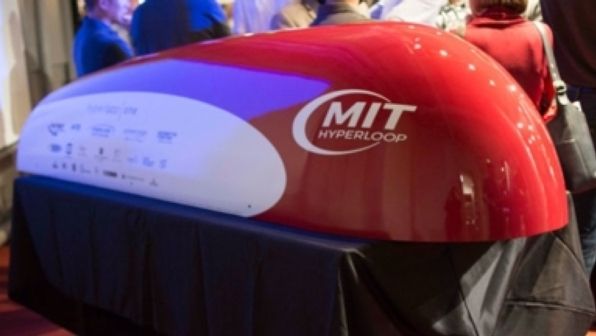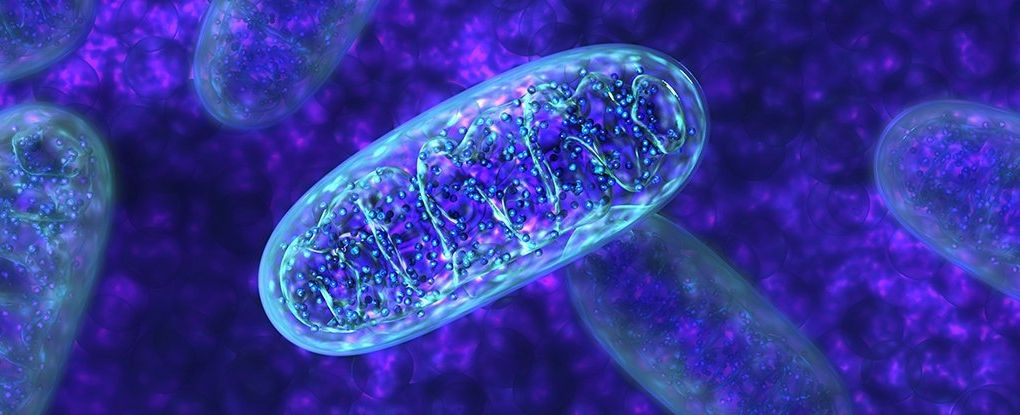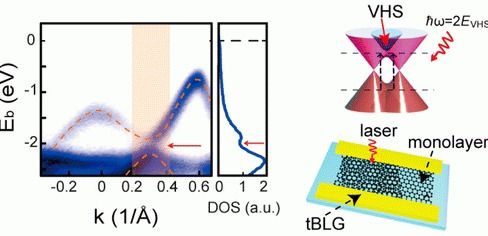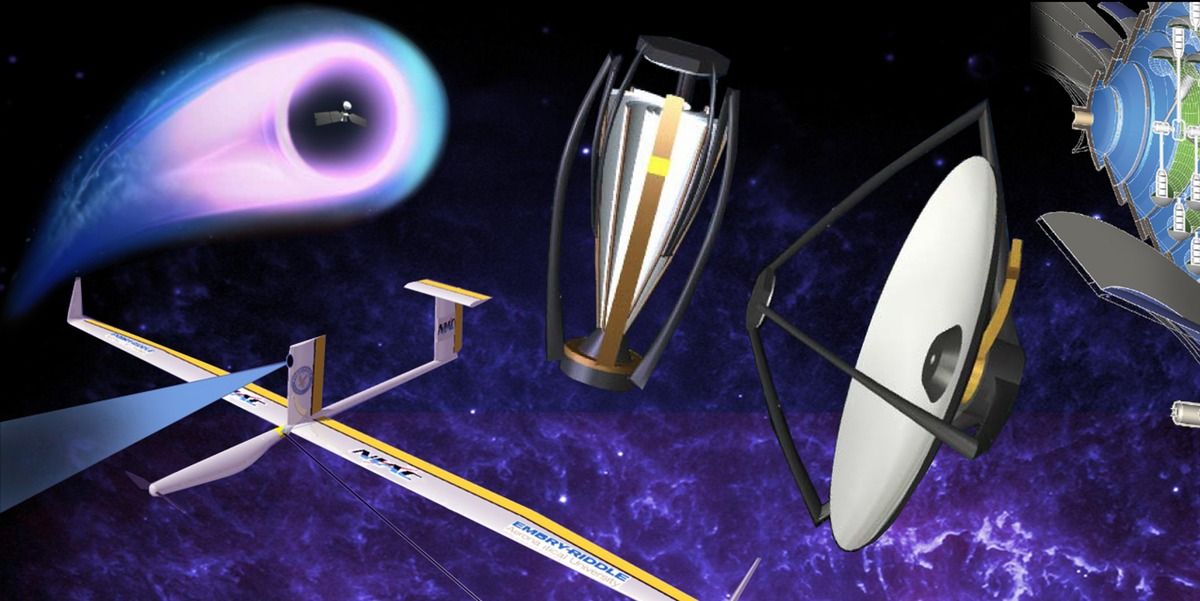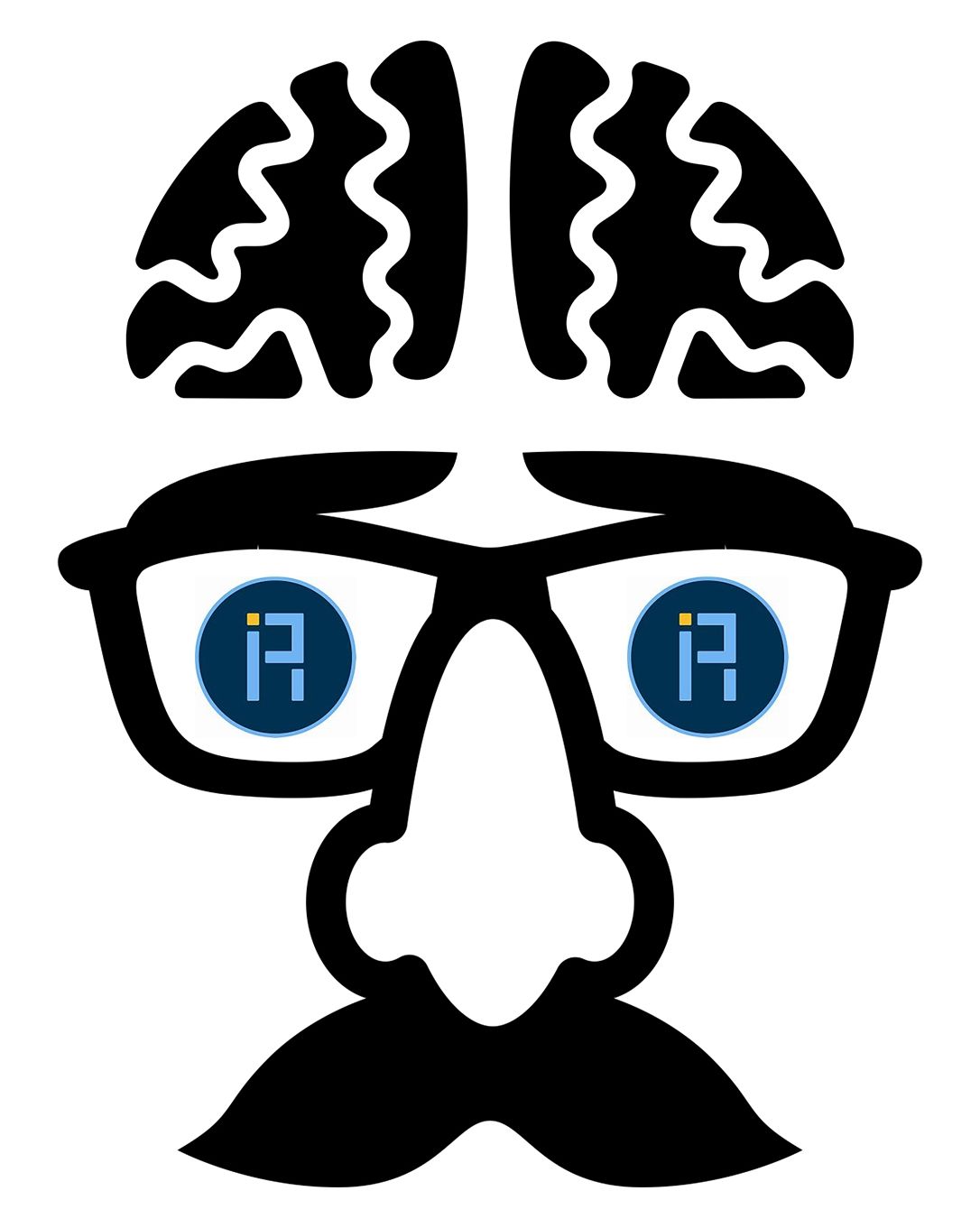Page 10890
May 14, 2016
First SpaceX #Hyperloop transit pod contender unveiled [w/mini documentary video] @MITHyperloop
Posted by Klaus Baldauf in categories: education, Elon Musk, transportation
Competitors are racing to answer Elon Musk’s call to create a capsule that can carry commuters at the speed of sound. MIT unveiled its entry on Friday.
By Larry Greenemeier on May 14, 2016.
May 14, 2016
Head transplant ops ‘will work’, say experts… but the side effects could be the worst form of insanity ever experienced by a human
Posted by Dan Kummer in category: biotech/medical
A RUSSIAN man who has a debilitating illness has volunteered to become the first person to undergo a head transplant – but experts say the side effects of the procedure could be worse than death.
Valery Spiridonov, 30, suffers from Werdnig-Hoffmann disease, a rare form of spinal muscular atrophy.
The controversial operation will involve cooling his head to around 12 degrees Celsius, cutting it from his body and connecting it to the donated body of a brain-dead person.
May 14, 2016
Newly discovered microbe does something textbooks say is impossible: it lives without mitochondria
Posted by Magaly Santiago in category: biological
According to established scientific knowledge, complex cells (called eukaryotic cells) can’t survive without mitochondria — tiny organelles that control respiration and power movement and growth. You can think of them as tiny batteries converting energy so that cells can go about their business, but they perform other key jobs, too. They are, as the common adage goes, the powerhouse of the cell.
Now, scientists working in Canada and the Czech Republic have made a surprising discovery: a eukaryotic cell without these mitochondrial batteries. It’s an unprecedented find that’s likely to change our thinking about how some types of cells can exist and grow. In other words, life is more flexible than we thought.
“[Mitochondria] were considered to be absolutely indispensable components of the eukaryotic cell and the hallmark of the eukaryotic cell,” team leader, Anna Karnkowska from the University of British Columbia told Nell Greenfieldboyce at NPR.
May 14, 2016
JPL’s New Director on Life Beyond Earth
Posted by Klaus Baldauf in category: alien life
Michael Watkins discusses the potential for finding alien life, and how to protect it if we do.
May 14, 2016
Building Large-Domain Twisted Bilayer Graphene with van Hove Singularity
Posted by Karen Hurst in categories: materials, singularity
Twisted bilayer graphene (tBLG) with van Hove Singularity (VHS) has exhibited novel twist-angle-dependent chemical and physical phenomena. However, scalable production of high-quality tBLG is still in its infancy, especially lacking the angle controlled preparation methods. Here, we report a facile approach to prepare tBLG with large domain sizes (100 μm) and controlled twist angles by a clean layer-by-layer transfer of two constituent graphene monolayers. The whole process without interfacial polymer contamination in two monolayers guarantees the interlayer interaction of the π-bond electrons, which gives rise to the existence of minigaps in electronic structures and the consequent formation of VHSs in density of state. Such perturbation on band structure was directly observed by angle-resolved photoemission spectroscopy with submicrometer spatial resolution (micro-ARPES). The VHSs lead to a strong light–matter interaction and thus introduce ∼20-fold enhanced intensity of Raman G-band, which is a characteristic of high-quality tBLG. The as-prepared tBLG with strong light–matter interaction was further fabricated into high-performance photodetectors with selectively enhanced photocurrent generation (up to ∼6 times compared with monolayer in our device).
May 14, 2016
HRL receives DARPA award to STAMP learning into the brain with accelerated learning from low current brain stimulation
Posted by Dan Kummer in category: neuroscience
What if low-current electrical brain stimulation could be used to accelerate learning and dramatically reduce training time and costs? The Biological Technologies Office (BTO) of the Defense Advanced Research Projects Agency (DARPA) has awarded HRL Laboratories, LLC, funding for a two-year project in the RAM Replay program to develop a man-portable system to boost learning during waking and memory consolidation during sleep, thereby increasing a person’s ability to quickly integrate and accurately recall information.
According to Dr. Praveen Pilly, project leader and research staff member in HRL’s Center for Neural and Emergent Systems, the team will be the first to employ next-generation electrode-embedded head caps to apply high-definition transcranial current stimulation (HD-tCS) in order to tag specific memories and skills during learning, and to increase the probability of reactivating those neural representations during sleep for improved consolidation. “We’ll develop a first-of-its-kind cognitive model of memory replays during sleep/wake stages to predict task performance that can be personalized to control the stimulation intervention for each user,” said Pilly.
May 13, 2016
NASA Just Funded These 8 Bizarre Projects
Posted by Klaus Baldauf in category: space travel
The agency just threw up to $4 million towards experimental space exploration technologies.
May 13, 2016
Scientific Research Needs a Trustless Blockchain Architecture to Be Trusted
Posted by Karen Hurst in categories: biotech/medical, bitcoin
Dr. Greg Irving, a Clinical Lecturer from the University of Cambridge, recently authored a research project on the potential impact of blockchain technology on scientific research. While the use is not novel in principle, it underscores the very reason blockchain was created.
Why Scientific Research?
Irving, and rightfully so, says that in order to truly trust scientific research the reader’s must know that the content and subsequent conclusions of the research has maintained its integrity throughout editing and publishing. The author references “outcome switching, data dredging, and selective publication” as just a some of the potential pitfalls that can result in bastardized research. How then can researchers increase the trust that their research is has not been tampered with? In response Irving writes.
Continue reading “Scientific Research Needs a Trustless Blockchain Architecture to Be Trusted” »
May 13, 2016
IARPA Releases Its Shopping List For Spy Technology
Posted by Karen Hurst in categories: computing, neuroscience, policy
IARPA’s Christmas List :
• Brain computer interfaces to enhance cognitive processing or increase bandwidth of human-machine interactions.
• Computational social policy.
Continue reading “IARPA Releases Its Shopping List For Spy Technology” »

